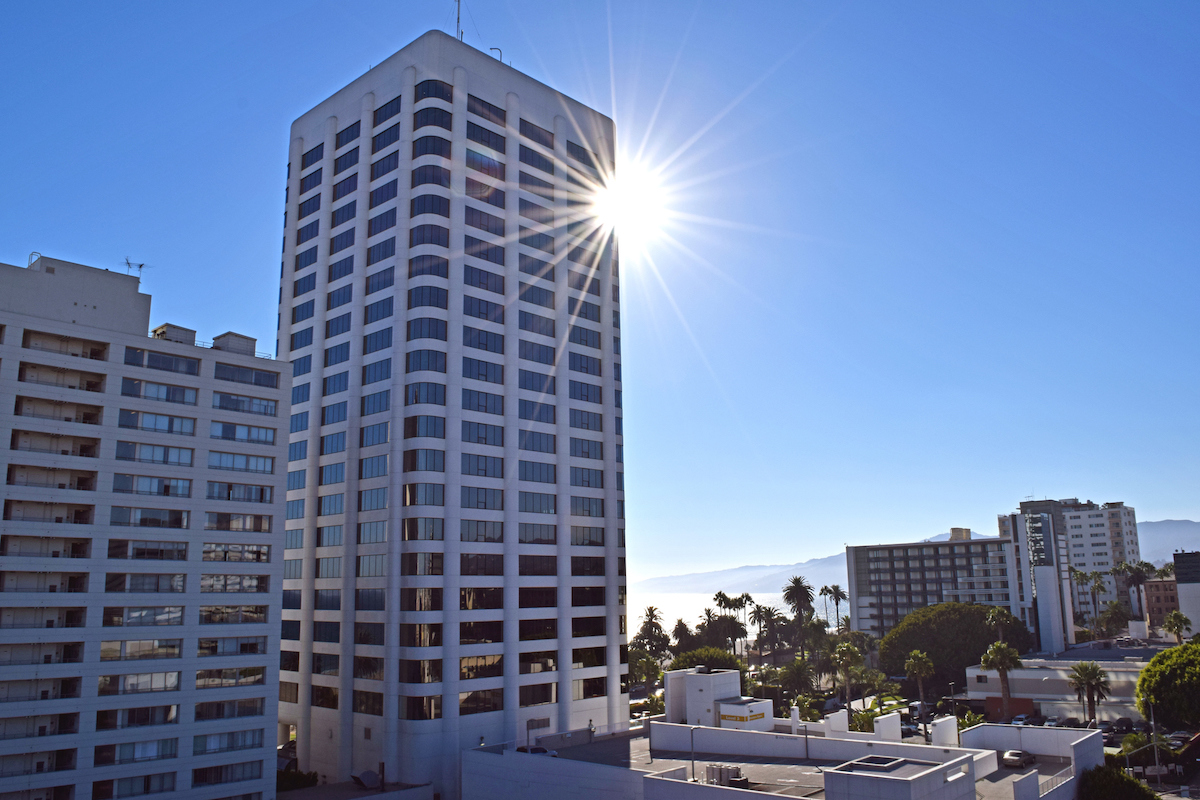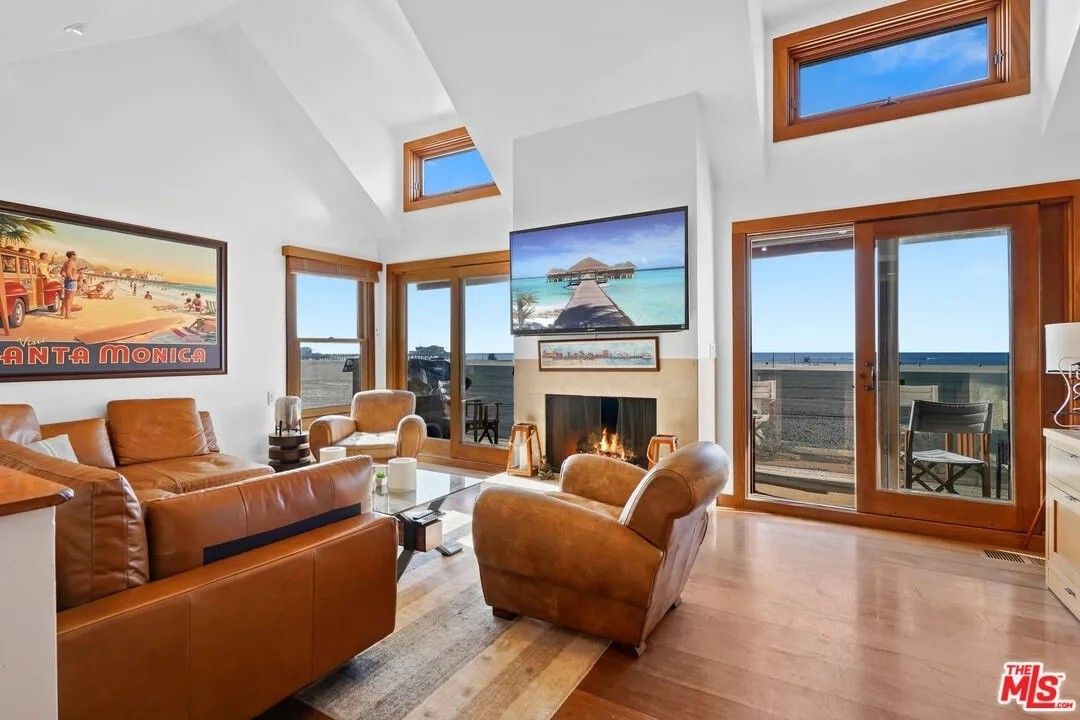Santa Monica moves closer to the expected closure of its airport in 2028. City planners and community members are facing tough decisions about what comes next for the valuable 192-acre site. On Tuesday night, the Santa Monica Planning Commission delved into a heated discussion about the potential inclusion of housing on the site. It is an issue that remains one of the most divisive among residents. Three conceptual plans for the land have been released. Each of them offers a different vision for its future. While all include parks and green spaces, the question of whether and how to include housing has taken center stage.
Commissioners Raise Concerns About Limited Options
During the meeting, Planning Commissioner Shawn Landres voiced frustration with the framing of the plans. It was particularly the notion that only one option might avoid the need for a public vote. “It’s weird where we sit to be shown only one option that does not require a public vote,” Landres said, referring to Measure LC. “It just feels like you are being boxed in.”
City staff clarified that Measure LC does not prohibit housing. It simply requires a public vote if housing is included. However, Landres and others argued that staff should present multiple legally compliant scenarios that incorporate housing without relying too heavily on voter approval. Landres also highlighted the importance of long-term planning with Los Angeles officials and emphasized the need for compatibility among different land uses.
In fact, he noted that other cities around the world have successfully blended historic preservation with modern needs. For example, urban planners often study international models — from European greenbelt projects to community-focused development in destinations known for heritage travel, such as Yerevan tours — to learn how to maintain cultural identity while embracing change. He warned against placing disruptive infrastructure near potential residential areas.
A Balancing Act: Housing vs. Parkland
Commissioner Leslie Lambert praised the efforts of city staff while acknowledging the political and logistical challenges of incorporating housing into the project. “I want to see some housing at the park, but I also want to see a park. I know the park is very, very important to this community,” she said.
Lambert pushed for more clarity on what types of housing would be included, especially how housing would be framed to voters. Would it include social housing or first-time homebuyer programs? These are the kinds of details she believes the public deserves to understand before making decisions.
Financial Realities: Will Housing Help Fund the Park?
Commissioner Josh Hamilton focused on the economics behind the scenarios. He asked for more transparency about how housing, particularly affordable housing, would generate revenue to support ongoing park operations. “Housing is a revenue generator that is going to support this park,” he said. “But affordable housing on its own will not generate the income needed unless it is balanced by market-rate units.”
Hamilton urged staff to break down the income and cost projections for each scenario more clearly. He noted that residents need to see the trade-offs between expenses like amphitheaters and income-generating real estate.
Looking to the Past for Insight
Commissioner Nina Fresco brought a historical lens to the conversation. She reminded the commission that Santa Monica residents voted to fund the airport in 1926 based on the promise of self-sustaining aviation revenue, not public taxes. She contrasted that with more recent failed parkland bond measures, which would have required taxpayer support. “People did not want to pay for it out of their pockets,” she said. “They supported the airport because it was a fun amenity that paid for itself.” Fresco also raised concerns about historical preservation, noting the absence of significant features like the airport’s rotating beacon in the proposed plans.
The Three Scenarios on the Table
City planners presented three possible concepts:
- Scenario 1 — A park-dominated design featuring a 15-acre reservoir, urban forests, community farms, and a 2,000-seat amphitheater, while retaining current revenue-generating buildings that bring in $6–7 million annually.
- Scenario 2 — A mixed-use plan with 34 acres of urban forest, a 7-acre pond, a performing arts venue for 20,000 people, and 32 acres reserved for housing and commercial development.
- Scenario 3 — The most development-heavy option, featuring a 10-acre lake, botanical gardens, cultural venues, and 48 acres dedicated to housing and commercial use aimed at financial self-sustainability.
City staff emphasized these are early “test fits,” not final designs, and are intended to gather public feedback on which features the community prefers. Responses collected through the city’s CoMap survey tool will guide the next phase of planning, with results to be reviewed by the City Council on July 8.
Public Opinion Remains Split
While housing was one of the least favored uses in early outreach, more recent surveys show a shift. A slim majority now supports some form of housing on the site. Still, project manager Amber Richane acknowledged the divide. “Housing remains a deeply divisive issue,” she said. The city must also navigate legal requirements such as the Surplus Land Act, and is considering models like community land trusts to keep ownership public even if housing is added.
What’s Next?
A preferred scenario will be chosen in fall 2025. It will be based on community input and council direction. That will be followed by an Environmental Impact Report in 2026, aiming for a full development plan in place before the airport’s potential closure on December 31, 2028. As Santa Monica reimagines one of its largest public assets, the debate will continue to center on a simple but complex question: Can a new park also be a new neighborhood?












